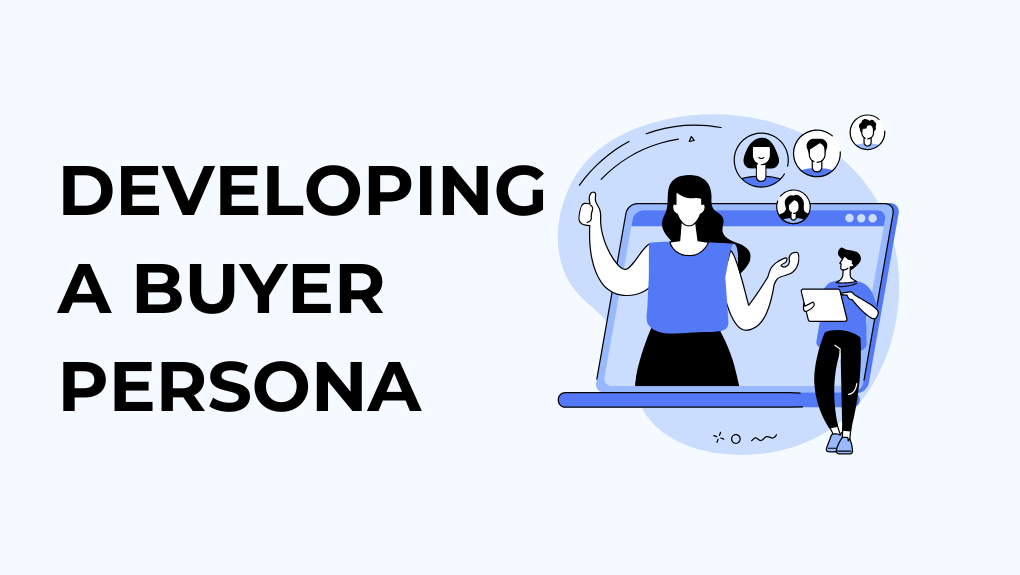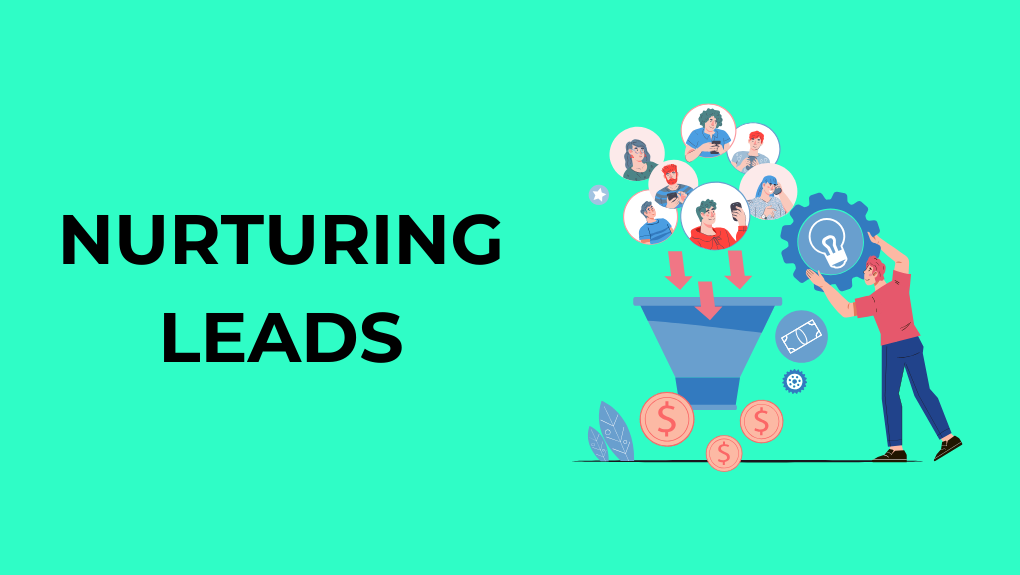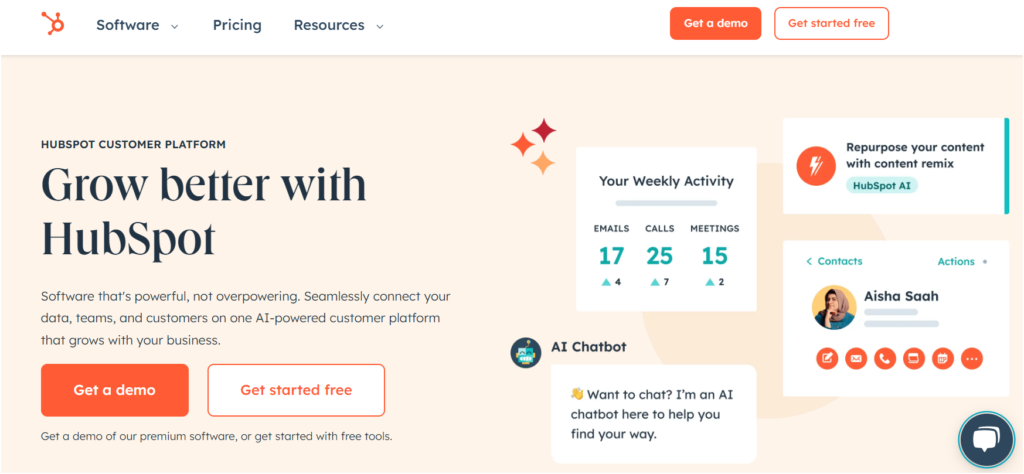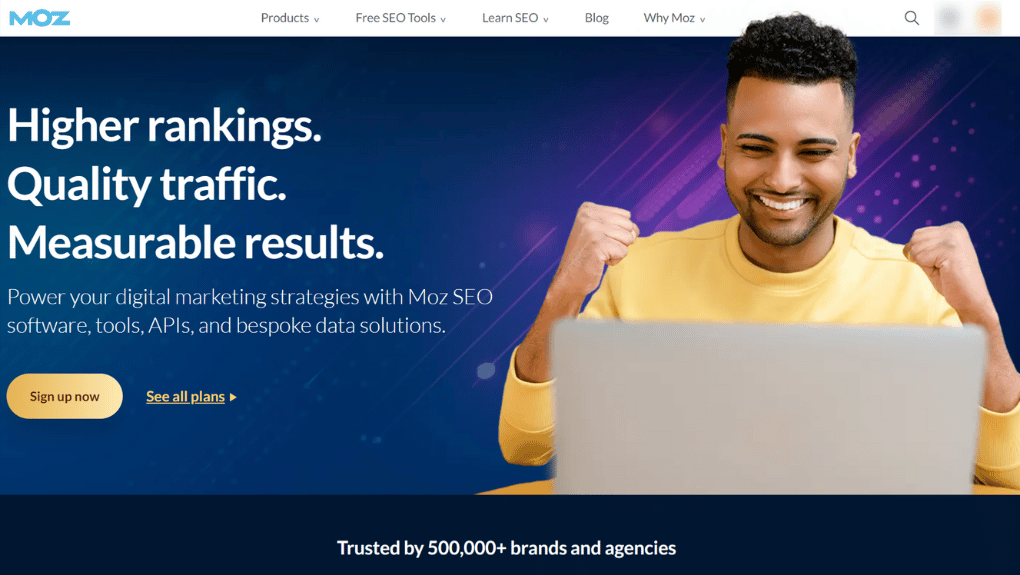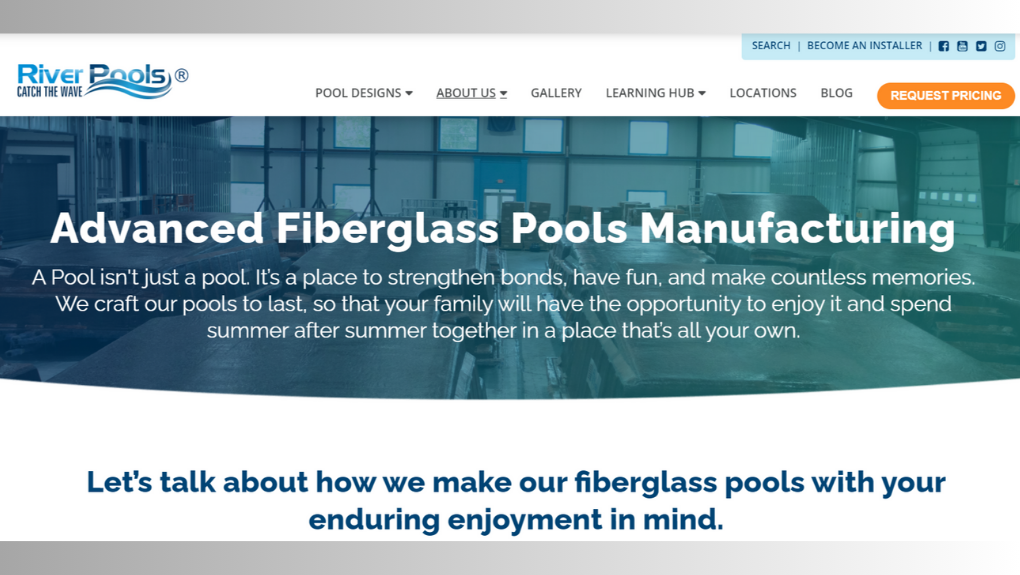Inbound Marketing 101: Steady Stream of Business Leads
What is Inbound Marketing?
Inbound marketing has revolutionised the way businesses attract, engage, and delight their customers. Unlike traditional outbound marketing methods, which often interrupt potential customers with unsolicited advertisements and sales pitches, inbound marketing focuses on creating valuable content and experiences tailored to the needs and interests of the audience.
By leveraging tools such as content marketing, SEO, social media, and email marketing, businesses can draw potential customers to their websites and nurture them through the buyer’s journey.
This approach not only builds trust and credibility but also generates a steady stream of high-quality leads. Inbound marketing is not just about attracting visitors; it’s about converting them into loyal customers who advocate for your brand.
Whether you’re a small business owner looking to increase your online presence or a marketing professional aiming to refine your strategies, understanding the principles and practices of inbound marketing is crucial for sustained growth and success.
In this guide, we will explore the foundational elements of inbound marketing, including content creation, SEO, social media engagement, and lead nurturing.
We will also provide actionable insights and real-world examples to help you build an effective inbound marketing strategy that drives measurable results.
Key Components of Inbound Marketing
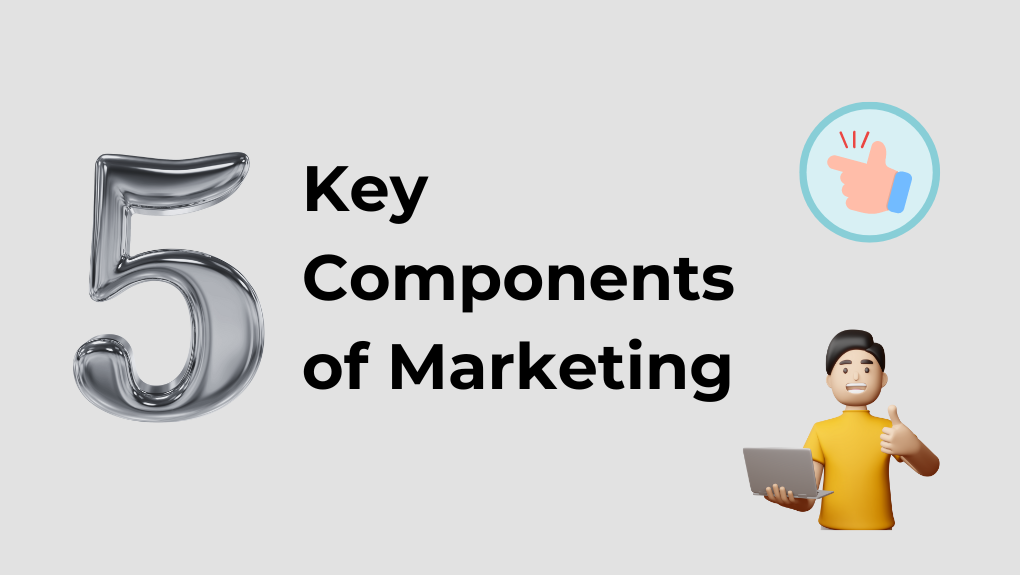
Inbound marketing revolves around attracting, engaging, and delighting customers through valuable content and experiences tailored to them. Four key components drive its success:
1. Content Creation: At the heart of inbound marketing lies content creation. This includes blog posts, ebooks, infographics, videos, and more, all designed to provide valuable information that addresses the needs and pain points of your target audience. High-quality, relevant content establishes your brand as an authority and builds trust with potential customers.
2. SEO (Search Engine Optimization): SEO ensures that your content is discoverable by those searching for related information online. It involves optimizing your website and content for search engines through keyword research, on-page elements (such as title tags and meta descriptions), and off-page factors (such as backlinks and social signals). Effective SEO improves your site’s visibility and attracts organic traffic.
3. Social Media Marketing: Social media platforms are essential for promoting your content and engaging with your audience. By sharing valuable content, responding to comments, and participating in conversations, you can build a community around your brand and drive traffic to your website.
4. Inbound Call Center Solution: Integrating an inbound call center solution into your inbound marketing strategy can significantly enhance customer engagement and lead nurturing. An inbound call center solution allows businesses to handle customer inquiries, provide personalized support, and capture valuable data to inform marketing strategies. This integration ensures that potential customers receive timely and relevant assistance, further building trust and fostering loyalty.
5. Email Marketing: Email marketing allows you to nurture leads by delivering personalized content directly to their inboxes. Building segmented email lists and crafting compelling campaigns help maintain engagement and guide leads through the sales funnel.
Together, these components create a cohesive strategy that attracts visitors, converts them into leads, and nurtures them into loyal customers.
Developing a Buyer Persona
Developing a buyer persona is a crucial step in any inbound marketing strategy. A buyer persona is a semi-fictional representation of your ideal customer, based on market research and real data about your existing customers.
To create a detailed buyer persona, start with thorough research and data collection. Conduct surveys, and interviews, and analyze customer data to gather insights about demographics, behavior patterns, motivations, and goals.
Next, identify the common pain points and needs of your customers. Understanding these challenges allows you to tailor your content and solutions to address their specific issues. Additionally, consider their purchasing habits and decision-making processes to refine your marketing approach.
Once you have gathered sufficient data, create detailed profiles that include information such as age, job title, location, preferred communication channels, and personal interests. Giving your personas names and even photos can make them more relatable for your marketing team.
Having well-defined buyer personas helps you personalize your marketing efforts, ensuring that your content resonates with your target audience. This leads to more effective engagement, higher conversion rates, and ultimately, a steady stream of qualified business leads. Regularly update your personas to reflect changes in the market and evolving customer needs.
Creating a Content Strategy
Creating a content strategy is crucial for a successful inbound marketing campaign. It begins with setting clear goals and objectives that align with your business aims, such as increasing website traffic, boosting lead generation, or enhancing brand awareness.
Identify the topics and formats that will resonate with your target audience, which could range from blog posts and videos to ebooks and infographics. Conduct thorough research to understand your audience's needs, preferences, and pain points.
Develop a content calendar to plan and schedule your content production and publication. This ensures consistency and helps manage resources effectively. The calendar should include details such as content topics, formats, publication dates, and responsible team members. Regularly reviewing and updating the calendar based on performance metrics and changing trends is essential to maintaining relevance. You can use a calendar app to help you with this.
Focus on creating high-quality, valuable content that provides solutions or answers to your audience's problems. Incorporate SEO best practices to improve your content's visibility and reach.
Promote your content through various channels like social media, email newsletters, and partnerships with influencers or other businesses. By systematically planning, creating, and distributing content, you can effectively attract, engage, and convert your target audience, building a steady stream of business leads.
Attracting Visitors to Your Website
Attracting visitors to your website is crucial for generating leads. Start by maintaining a blog that offers valuable and engaging content tailored to your target audience. Regularly updated blogs with topics relevant to your industry not only showcase your expertise but also improve your website’s SEO.
Optimize your content using keywords that your potential customers are searching for. Incorporate both on-page SEO techniques, like meta tags and keyword-rich headings, and off-page strategies, such as obtaining backlinks from reputable websites.
A robust social media presence can significantly drive traffic. Share your content across platforms where your audience is most active. Engage with followers through comments, shares, and discussions to build a community around your brand. Additionally, consider utilizing social media ads to reach a broader audience.
Effective use of Calls-to-Action (CTAs) within your content can guide visitors to further engage with your website, turning casual browsers into potential leads. Each piece of content should have a clear CTA that encourages visitors to explore more resources, sign up for newsletters, or contact you directly.
By combining high-quality content, strategic SEO, and active social media engagement, you can attract a steady stream of visitors to your website, laying the foundation for successful lead generation. For example, Envato’s recent rebrand serves as a prime example of the power of inbound marketing. By focusing on clear communication, targeted content, and engaging storytelling, Envato was able to connect with its audience on a deeper level, driving increased brand loyalty and attracting new customers. This strategic shift highlights the importance of a well-executed inbound marketing approach in achieving significant business growth.
Converting Visitors into Leads
Converting website visitors into leads is a crucial step in the inbound marketing process. The key components in this stage include well-designed landing pages, compelling calls-to-action (CTAs), and user-friendly forms.
Landing pages are standalone web pages created specifically for a marketing campaign. They capture visitors' information in exchange for an offer, such as an ebook, webinar, or free trial.
Effective landing pages, often designed using a page builder plugin, have a clear and concise headline, relevant and engaging content, and a prominent, easy-to-find form. Removing navigation links can minimize distractions and keep visitors focused on the offer.
Calls-to-Action (CTAs) are prompts that encourage visitors to take a specific action, like downloading a resource, signing up for a newsletter, or requesting a demo.
CTAs should be visually striking, use action-oriented language, and be strategically placed throughout your website and content. Testing different designs, placements, and wording can optimize their effectiveness.
Forms are essential for capturing visitor information. They should be short and simple, asking only for necessary information to reduce friction and increase completion rates.
Using smart forms that auto-fill fields or progressive profiling can enhance user experience by asking for additional information gradually over multiple interactions.
By integrating these elements effectively, businesses can turn website visitors into valuable leads, setting the stage for successful lead nurturing and conversion into customers.
Nurturing Leads
Lead nurturing is crucial for guiding potential customers through the sales funnel and turning them into loyal clients. It involves building relationships with leads by providing them with relevant information and engaging content tailored to their needs and interests. Effective lead nurturing strategies typically include targeted email marketing campaigns, which can range from welcome series and newsletters to more advanced drip campaigns designed to educate and inform leads over time.
“Personalization is key to nurturing. Segmenting your email lists based on factors like behavior, demographics, and past interactions allows for more tailored communication. This makes the content more relevant and increases the chances of conversion,” notes Brian Lim, CEO of iHeartRaves & INTO THE AM.
Automatic WhatsApp replies can further enhance personalization by providing real-time responses based on user interactions.
Marketing automation tools play a vital role in streamlining the lead nurturing process. These platforms help automate repetitive tasks, such as sending follow-up emails and tracking lead interactions, allowing for more consistent and timely communication.
Additionally, implementing lead scoring systems can help prioritize leads based on their engagement level and likelihood to convert, ensuring that your sales team focuses on the most promising prospects.
By continuously analyzing and optimizing your lead nurturing efforts, you can improve your conversion rates, shorten sales cycles, and ultimately drive more revenue for your business. Effective lead nurturing not only enhances customer relationships but also builds trust and brand loyalty.
Measuring and Analyzing Results
Effective measurement and analysis are crucial for optimizing inbound marketing strategies. Key metrics and KPIs (Key Performance Indicators) help gauge the success of your campaigns. Traffic metrics, such as unique visitors and page views, reveal the reach and popularity of your content.
Conversion metrics, like lead conversion rates and CTA (Call-to-Action) performance, indicate how well your content is turning visitors into leads. Engagement metrics, including bounce rate and time on site, provide insights into user interaction and content effectiveness.
To track these metrics, utilize tools such as Google Analytics for comprehensive website data, marketing automation platforms for detailed campaign analysis, and social media analytics tools to monitor engagement across different platforms.
Continuous improvement is essential for sustained success. A/B testing allows you to experiment with different versions of content, CTAs, and landing pages to identify the most effective elements.
Regularly updating and optimizing your content and strategies based on analytical insights ensures that your marketing efforts remain relevant and effective.
By systematically measuring and analyzing your inbound marketing results, you can make data-driven decisions, enhance your strategies, and ultimately, achieve better lead generation and business growth.
Case Studies and Examples
a. HubSpot
HubSpot, a pioneer in inbound marketing, utilized its methodology to grow exponentially. By offering a wealth of free educational content such as blogs, ebooks, and webinars, HubSpot attracted a significant audience.
Their strategic use of lead magnets and automated nurturing campaigns converted visitors into leads, while their comprehensive CRM system facilitated efficient lead management. This approach not only positioned HubSpot as an authority in inbound marketing but also generated a steady influx of qualified leads.
b. Moz
Moz, a leading SEO software company, implemented a robust inbound marketing strategy centered around content creation and community engagement. They launched the “Moz Blog” and the “Whiteboard Friday” video series, which provided valuable insights into SEO trends and best practices.
By consistently delivering high-quality, actionable content and engaging with their audience through comments and social media, Moz built a loyal following. This approach significantly increased their website traffic and lead generation.
c. River Pools and Spas
River Pools and Spas transformed their business by adopting an inbound marketing strategy focused on content marketing. They created a blog addressing common customer questions and concerns about fiberglass pools.
This educational content not only drove significant organic traffic to their website but also established them as trusted industry experts. As a result, their inbound leads increased dramatically, leading to substantial business growth and industry recognition.
These case studies illustrate the effectiveness of inbound marketing in driving traffic, generating leads, and building brand authority. By providing valuable content and nurturing leads through strategic campaigns, businesses can achieve remarkable results.
Conclusion
In conclusion, inbound marketing is a powerful strategy that can significantly enhance your ability to generate and nurture business leads. By focusing on creating high-quality, valuable content tailored to your target audience, optimizing for search engines, and engaging with potential customers through social media and email marketing, you can attract and convert visitors into loyal customers.
Developing detailed buyer personas ensures that your efforts are precisely targeted, while a well-documented content strategy helps maintain consistency and effectiveness.
Leveraging tools like SEO, social media, and marketing automation, combined with effective lead nurturing techniques, ensures that your leads are well-informed and more likely to convert.
Measuring and analyzing results is crucial for continuous improvement. By keeping track of key metrics and KPIs, you can identify what’s working and what needs adjustment, allowing for data-driven decisions that optimize your strategies over time.
Successful inbound marketing requires patience, consistency, and a willingness to adapt. However, the long-term benefits, including a steady stream of qualified leads and increased brand loyalty, make it a worthwhile investment.
As the digital landscape evolves, staying updated on the latest trends and best practices will keep your inbound marketing efforts effective and competitive. Start implementing these strategies today to build a robust pipeline of business leads.

